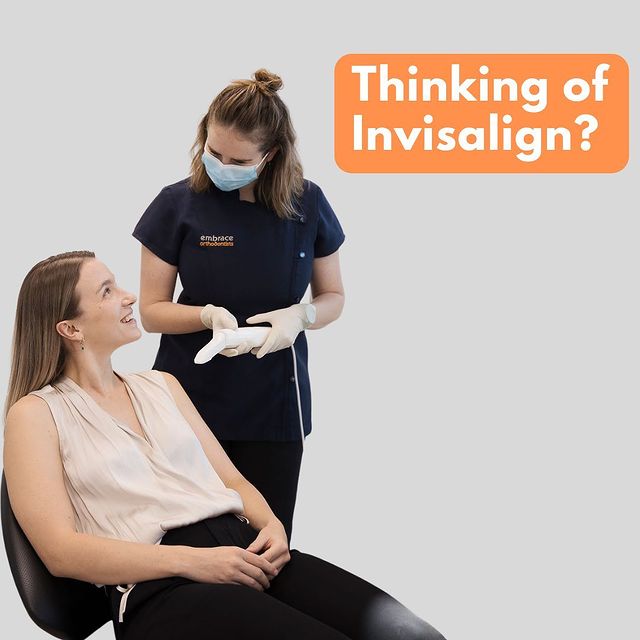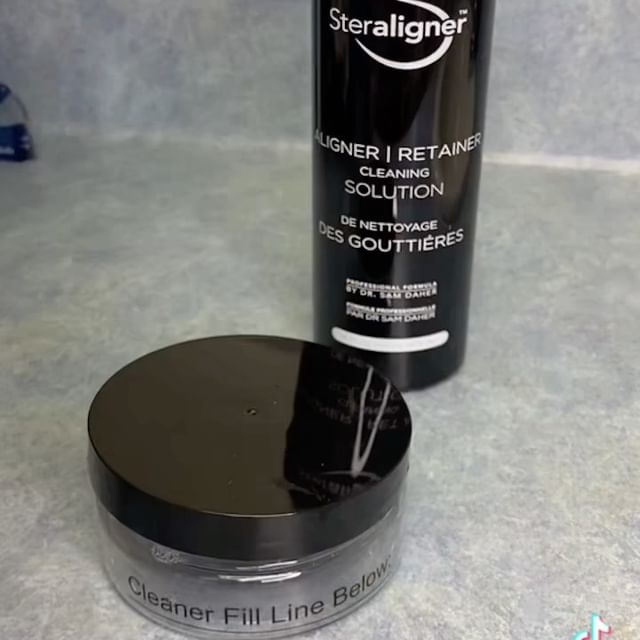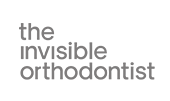Jan 29, 2025
Aligners vs braces - what’s best for you?

When it comes to straightening teeth, one of the biggest decisions you’ll make is choosing between aligners and braces. Both options can achieve fantastic results, but the right choice depends on your orthodontic needs, lifestyle, and personal preferences.
At Embrace Orthodontists in Canberra, we offer both Invisalign® clear aligners and a variety of braces, including traditional metal braces, clear ceramic braces, and lingual braces. This ensures every patient has access to the best treatment for their smile. In this guide, we’ll break down the pros and cons of each option so you can make an informed decision about what’s best for you.
What are aligners?
Clear aligners, such as Invisalign®, are a series of custom-made, clear plastic trays designed to gradually move your teeth into the desired position. Worn for 22 hours a day, they are changed every 1-2 weeks as your treatment progresses.
Benefits of aligners
- Virtually invisible – The discreet design makes them a popular choice for adults and teenagers.
- Removable – You can take them out for eating, brushing, and special occasions.
- More comfortable – No metal brackets or wires to cause irritation.
- Easier oral hygiene – No food restrictions, and you can brush and floss as normal.
Limitations of aligners
- Not suitable for complex cases – Aligners work best for mild to moderate misalignments.
- Requires discipline – You must wear them consistently for the treatment to be effective.
- Can be lost or damaged – Because they’re removable, there’s a risk of misplacing them.
What are braces?
Braces are the traditional, fixed orthodontic treatment. They consist of brackets attached to the teeth, connected by a wire that gradually moves them into alignment. Unlike aligners, braces remain fixed throughout the treatment, ensuring consistent progress.
Types of braces available
- Metal braces – The most common and effective option for all orthodontic cases.
- Clear or ceramic braces – A more discreet alternative, blending with the natural tooth colour.
- Lingual braces – Placed behind the teeth, making them virtually invisible from the front.
Benefits of braces
- Effective for all cases – Braces can treat everything from minor crowding to severe misalignment and bite issues.
- No compliance concerns – Since they’re fixed, there’s no risk of forgetting to wear them.
- Customisable – Choose clear braces for a more subtle look or coloured bands for personalisation.
Benefits of braces
- More visible – Traditional metal braces are noticeable, though clear and lingual braces offer more discreet options.
- May cause irritation – Brackets and wires can sometimes rub against the lips and cheeks.
- Dietary restrictions – Hard, sticky, or chewy foods should be avoided to prevent damage.

Aligners vs braces – which is best for you?
Choosing between aligners and braces depends on several factors, including:
- Your orthodontic needs – If you have a complex case, braces may be more effective. If your alignment issues are mild to moderate, Invisalign® could be a great fit.
- Your lifestyle – If you prefer something removable and discreet, aligners are ideal. If you’d rather not worry about taking them in and out, braces might be the better option.
- Your age – While both treatments work well for teens and adults, younger patients who might forget to wear aligners may benefit from braces.
- Your budget – While costs can vary, aligners are often slightly more expensive than traditional metal braces.
Expert orthodontic advice at Embrace Orthodontists
At Embrace Orthodontists in Canberra, we’ve been transforming smiles for over 20 years, helping both adults and younger patients find the best treatment for their needs. Whether you’re considering braces or Invisalign®, our experienced team can guide you towards the right choice.
Book a free consultation today to see whether aligners or braces are the best fit for your smile.















